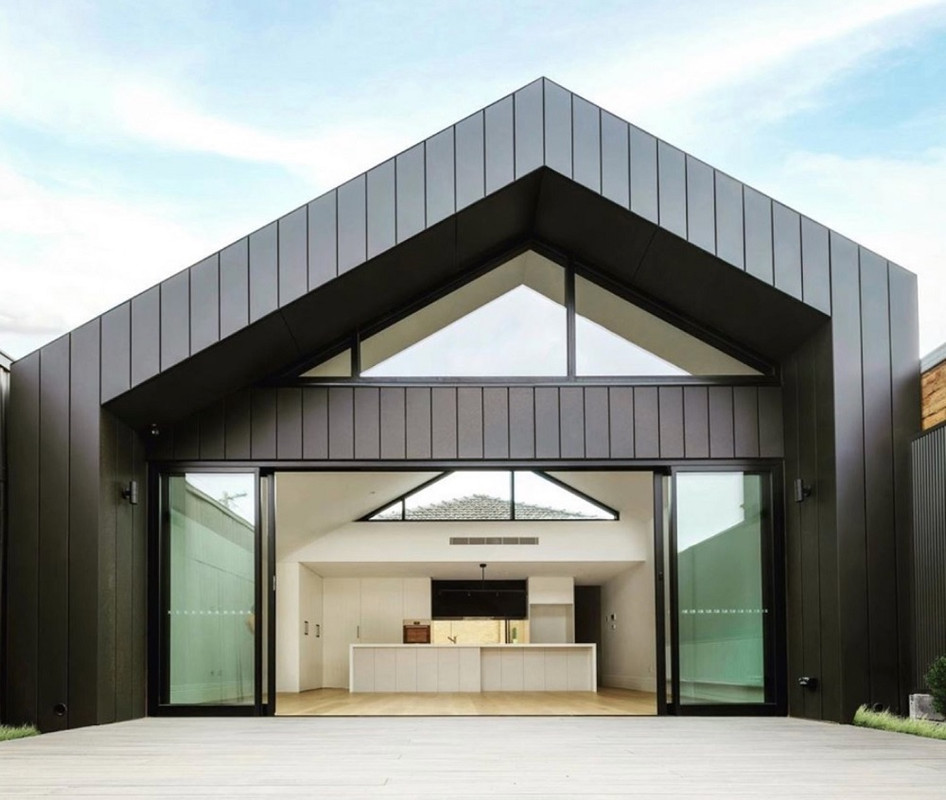Architectural cladding is the process of layering one non-load bearing material on top of another material. This might create a skin layer over the walls to produce a level of thermal insulation and resistance to weather. The two material outer cladding and the layer beneath the cladding has small air gap for the insulation. This helps control the temperature of the building interior.
It also improves the looks of buildings and contributes to their aesthetic value. This is most importantly used as an impact feature protecting the walls by preventing leakage of water that would potentially become a hazard. It also increases the aesthetics of a house and thereby affects both building cost and property value. Cladding may help to transform our house into a home!

Different Materials also are used for Cladding, Namely:
- Wood
- Brick
- Metal
- Plastic
- Imitation stone
- Composite materials
The choices here are predominantly dependent on the design one wants, and therefore the job one wants the cladding to hold out: for instance, brick is a fine material as a fireplace retardant. Big construction work requires strong and elite materials for the cladding layer. Whereas a normal residential building will not need much of a fancy and expensive cladding layer.
Advantages of Architectural Cladding
#1. Low Maintenance: The most important advantage of cladding is that it requires minimized maintenance. Regular washing suffices to take care of its newness. The biggest advantage of architectural cladding is to guard a building against external damage concerning little or almost negligible maintenance. Once it's installed, it doesn't need to be regularly checked or serviced, thereby saving time and money. There is no need to get re-painted over and over again. The dust does not wash off the paint coat of the cladding.
#2. Safety and Protection: Architectural cladding increases the mechanical strength of a structure, improving its resistance to cracking during heat change. It also reduces water absorption, increases resistance to sunlight, and provides resistance to air and chemical pollution. It also protects houses against rain, winds, and moulds.
#3. Aesthetic Value: It transforms the design of an otherwise drab building, making it aesthetically pleasing. An outsized sort of brick cladding solution is available, including Whitestone, vintage, rustic, rosebud, and grey wood. Each type provides a singular look to a building facade. Stone cladding is out there during a wide selection of colours, including light golden, cream, beige, charcoal, and yellow, counting on the aesthetic requirements of its builders.
For instance, a chrome steel cladding will provide a contemporary and vibrant appearance to a structure. On the other hand, stone cladding can impart a great natural look or enable a building to match its environment. Architectural cladding creates unique effects helping the building stand out.
#4. Insulation: With a lot of businesses and customers shifting to the threats of climate change in the world, the requirements for green builds will keep increasing. Hence environment considerations are vital in Australian architecture. If you add layers to the surface of walls, claddings can diminish airflow from the buildings. The inside of the building is not affected much by the weather.
#5. Resistance to Fire: Based on the material you choose, cladding is often significant in shielding your house from the danger of a fire. When you are installing architectural cladding, make sure that the material is fire resistant. This will give your house extra protection. Also, it protects the neighbouring buildings from catching fire and protects the entire area.
As a price and time-effective method, we will simply lift cladding panels onto brackets that are fitted to the slab. Another slab-to-slab technique is additionally used when it is required to eliminate the need for intermediate support for cladding itself.
